Home of the African Elephant
Amboseli National Park, formerly Maasai Amboseli Game Reserve, is a national park in Kajiado South Constituency in Kajiado County, Kenya.[1] It is 39,206 ha (392.06 km2) in size at the core of an 8,000 km2 (3,100 sq mi) ecosystem that spreads across the Kenya-Tanzania border.[2] The local people are mainly Maasai, but people from other parts of the country have settled there attracted by the successful tourist-driven economy and intensive agriculture along the system of swamps that makes this low-rainfall area, average 350 mm (14 in), one of the best wildlife-viewing experiences in the world with 400 species of birds including water birds like pelicans, kingfishers, crakes, hamerkop and 47 raptor species.
The park protects two of the five main swamps, and includes a dried-up Pleistocene Lake and semiarid vegetation.
The park is famous for being the best place in the world to get close to free-ranging elephants.[4] Other attractions of the park include opportunities to meet Maasai and visit a Maasai village. The park also has views of Mount Kilimanjaro, the highest free-standing mountain in the world.
Amboseli was home to Echo, the most researched elephant in the world, and the subject of many books and documentaries, followed for almost four decades by American conservationist Dr. Cynthia Moss. Echo died in 2009 when she was about 60 years old.
The park was also a safe haven to an incredible bull elephant named Tim. This mighty leviathan quickly became one of the major attractions with his size and iconic tusks that reached the ground and was estimated to be around 50 years old at the time of his death from natural causes on 5 February 2020.
Amboseli National Park offers some of the best opportunities to see African wildlife because the vegetation is sparse due to the long, dry months. The protected area is home to African bush elephant, Cape buffalo, impala, lion, cheetah, spotted hyena, Masai giraffe, Grant’s zebra, and blue wildebeest. A host of large and small birds occur too.
The park has several rules to protect the wildlife: Never leave the vehicle, except at designated spots; do not harass the animals in any way; always keep to the tracks; no off-road driving; and always give the animals the right of way. The roads in Amboseli have a loose surface of volcanic soil that is dusty in the dry season and impassable in the wet season.
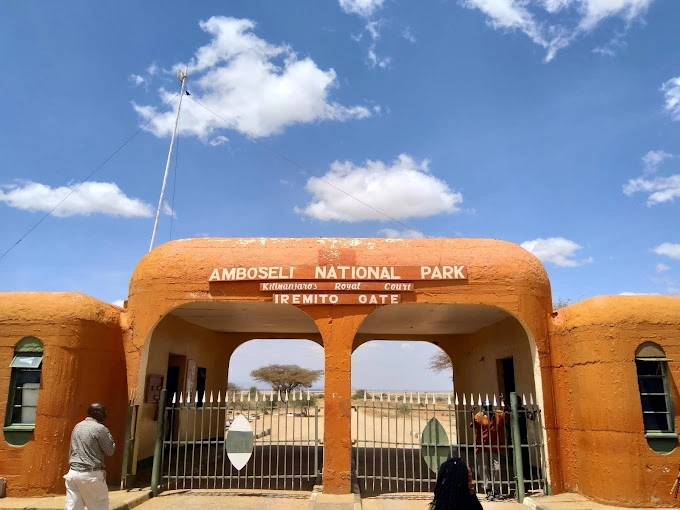
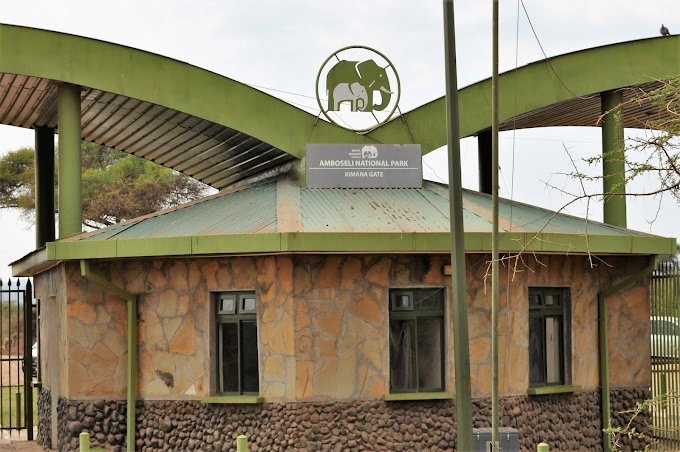

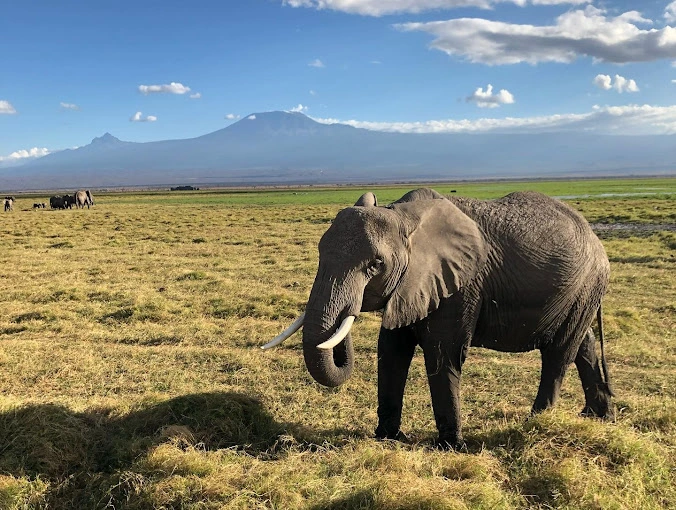


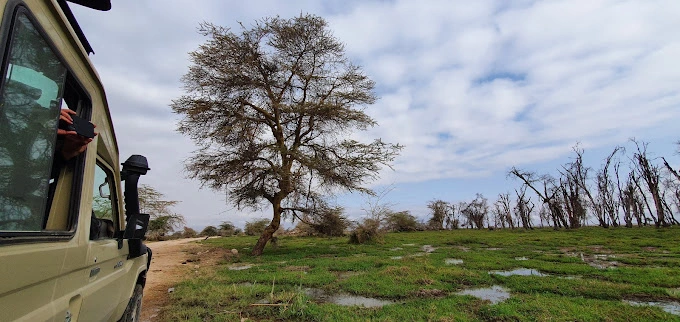
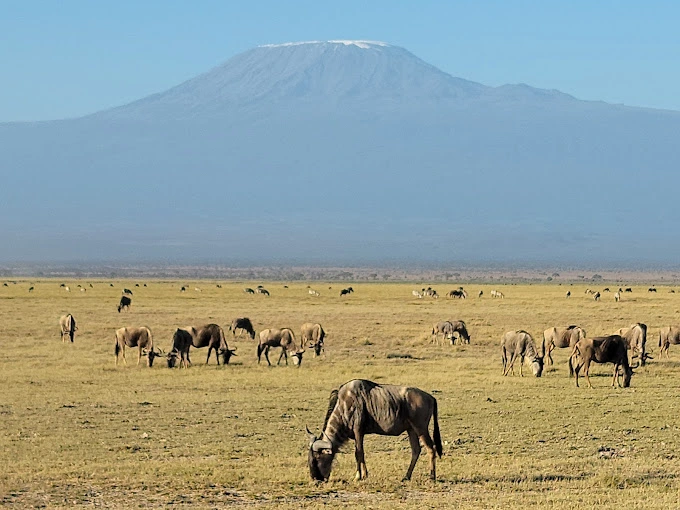
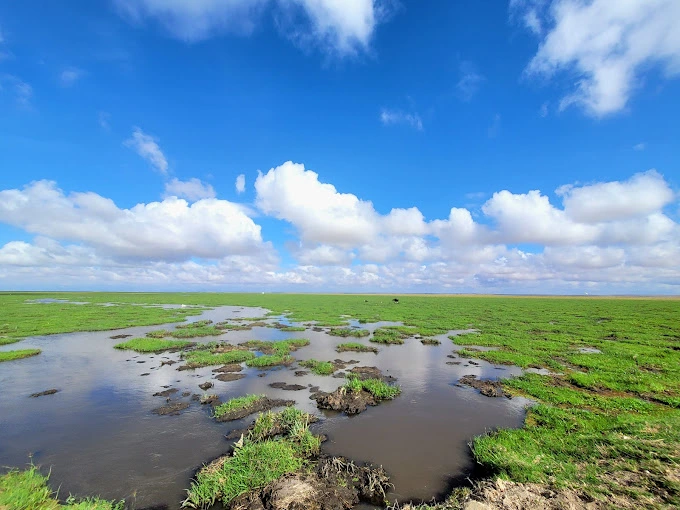
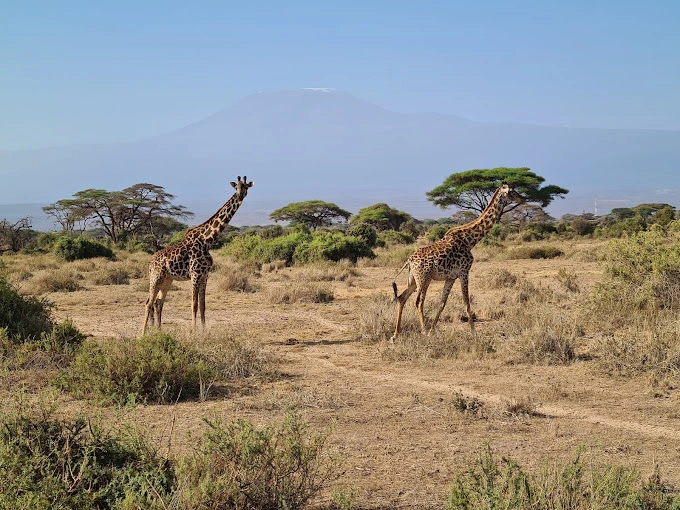
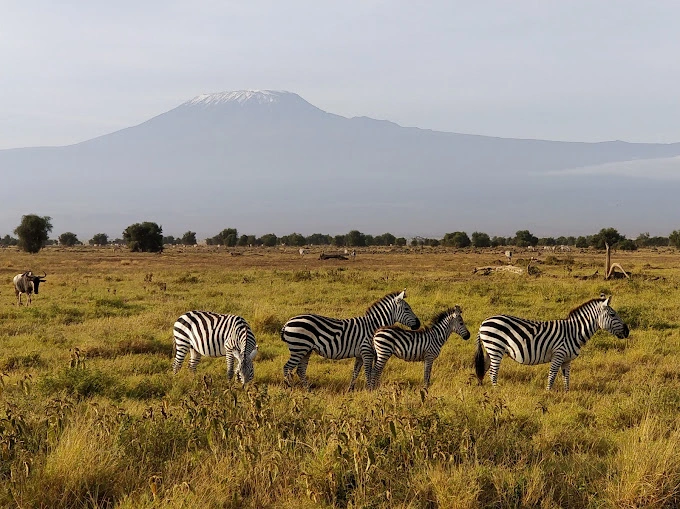
- Overview
- How to Get there
- Attractions
Key features
Wildlife
Leopard, Cheetah, Wild dogs, Buffalo, Elephant, Giraffe, Zebra, Lion, Crocodile, Mongoose, Hyrax, Dik- dik, Lesser Kudu, and Nocturnal Porcupine
Prolific birdlife features 600 species
Park Size
390.26 sq. Km
Climate
Temperature ranges from 20-30 c and rainfall from 200mm – 700 mm ,Two rain seasons: Long rains – March & April & short rains – Nov/ December
When to go
All year round,Daily 6.00 am -7.00 pm including public holidays. No entry is allowed on foot and visitors will not be allowed entry after 6.15pm
What to take with you
Drinking water, picnic items and camping equipment if you intend to stay overnight.
Also useful are: binoculars, camera, hat, sunscreen, sunglasses and guidebooks
- By Road: The main road into the park is from Nairobi via Namanga (240 km) on the Nairobi – Arusha Road, through Meshanani Gate. The other road is from Nairobi via Emali (228 km) on the Nairobi – Mombasa Road. Access from Mombasa is mainly through Tsavo West National Park via Kimana (Olkelunyiet) Gate.
- By Air: Airstrips: The park has a single airstrip for light aircrafts at Empusel gate. Other airstrips exist at Kilimanjaro Buffalo Lodge and Namanga town
- Large Herds of Elephants
- Mt. Kilimanjaro
- Big Five
- Observation Hill which allows an overall view of the whole park especially the swamps and elephants,
- Swamp below observation hill hosts many elephants, buffaloes, hippos and a variety of water fowls like pelican, Egyptian goose
- Contemporary Maasai culture and indigenous lifestyle
